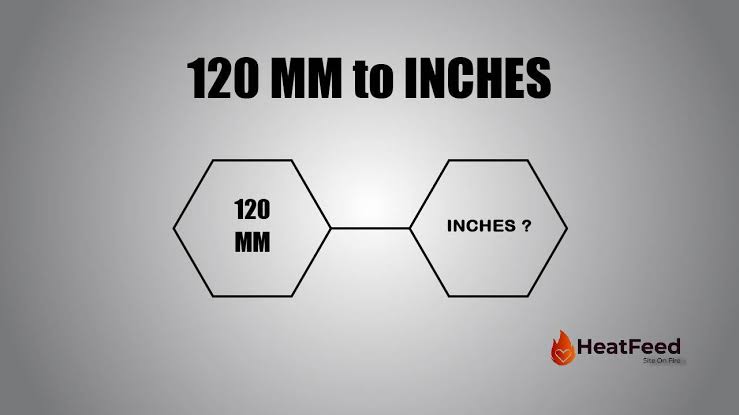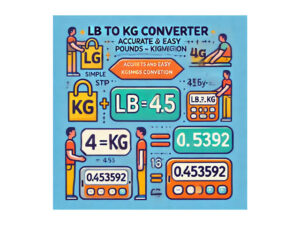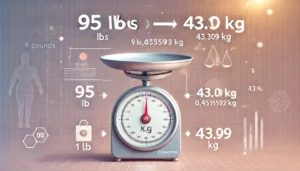Introduction: Why Convert 120 mm to Inches?
Ever found yourself needing to convert 120 mm to inches and not sure how? Whether you’re working on a DIY project, dealing with international product specifications, or just curious, knowing how to switch between millimeters and inches is incredibly useful.
In this blog post, we’ll break down the conversion process in plain English, show you a simple formula, and even provide a quick reference table for similar conversions. No complicated math—just an easy way to get the job done!
Understanding the Basics: Millimeters vs. Inches
What is a Millimeter (mm)?
A millimeter (mm) is a unit of measurement in the metric system, commonly used worldwide for precision measurements. There are 10 mm in a centimeter and 1000 mm in a meter.
What is an Inch?
An inch (in) is a unit of measurement in the imperial system, primarily used in the United States, Canada, and the United Kingdom. There are 12 inches in a foot and 36 inches in a yard.
Knowing these basic differences helps when converting between the two measurement systems.
How to Convert 120 mm to Inches?
The standard formula to convert millimeters to inches is: Inches=Millimeters×0.03937\text{Inches} = \text{Millimeters} \times 0.03937Inches=Millimeters×0.03937
Now, let’s apply this to 120 mm: 120×0.03937=4.7244 inches120 \times 0.03937 = 4.7244 \text{ inches}120×0.03937=4.7244 inches
So, 120 mm is approximately 4.72 inches.
Quick Reference Conversion Chart
To make your life even easier, here’s a handy conversion chart for millimeters to inches:
| Millimeters (mm) | Inches (in) |
|---|---|
| 10 mm | 0.39 in |
| 50 mm | 1.97 in |
| 100 mm | 3.94 in |
| 120 mm | 4.72 in |
| 150 mm | 5.91 in |
| 200 mm | 7.87 in |
| 300 mm | 11.81 in |
Save this chart for future reference!
Where is 120 mm Commonly Used?
Now that you know 120 mm is about 4.72 inches, let’s look at some real-world applications:
- TV and Laptop Screens – Some screen sizes are measured in millimeters for bezel thickness.
- Paper and Print Dimensions – Standard paper sizes often use mm measurements.
- DIY and Construction – Wood, tiles, and piping often come in metric measurements.
- Automobile Parts – Many car components list sizes in mm, especially in international vehicles.
- Jewelry and Watches – Bands, clasps, and case sizes are often listed in mm.
Conclusion: Easy & Accurate Conversions
Converting 120 mm to inches is super simple using the formula: Inches=Millimeters×0.03937\text{Inches} = \text{Millimeters} \times 0.03937Inches=Millimeters×0.03937
From our calculation, 120 mm = 4.72 inches (rounded). Whether you’re working on a DIY project, shopping online, or checking product specifications, this conversion comes in handy!
FAQs: Your Questions Answered
1. Is 120 mm the same as 5 inches?
No, 120 mm is approximately 4.72 inches, which is slightly less than 5 inches.
2. How do I convert mm to inches without a calculator?
A quick trick is to divide the mm value by 25.4. For example,
120 ÷ 25.4 ≈ 4.72 inches.
3. Is 120 mm a common measurement?
Yes! It’s frequently used in electronics, construction, and design, especially for screen sizes, tile measurements, and piping.
4. Can I round 4.72 inches to 5 inches?
It depends on how precise you need to be. For general purposes, rounding to 5 inches is fine, but for exact measurements, use 4.72 inches.





